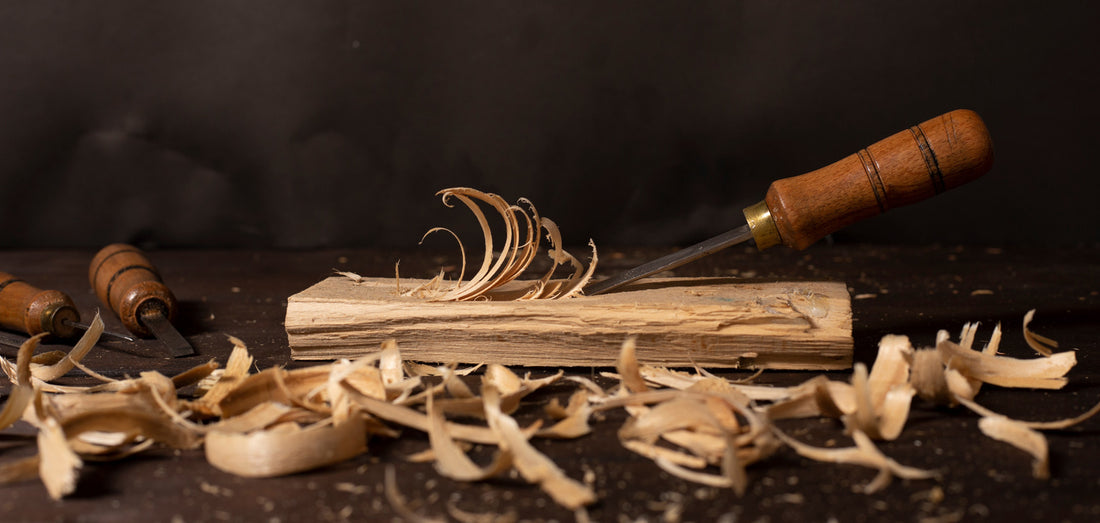
Scary Sharp System Overview
Share
What is the Scary Sharp System?
Scary sharp is a method of sharpening knives, woodworking tools, or any other type blade using abrasive sandpaper or sharpening film instead of conventional methods such as whetstones, oilstones or grinding machines.
The Abrasives - The abrasive particles are made from extremely hard materials such as aluminum oxide, silicon carbide and even diamonds.
These materials cut fast and after worn down, they are thrown away and replaced with a fresh abrasive.
Sharpening Steps - The sharpening procedure can be generalized into 3 basic steps - Grinding, Honing and Polishing. Within the steps you will have course, medium and fine abrasives to do the cutting. The abrasives for each grade are rated in particle size by microns or grit. Woodworkers typical use grit for reference. The lower course grit sizes are used for grinding, medium grit sizes for honing and fine higher grit sizes for polishing.
There are no hard rules for which grits fall in which step but the table below represents a general guideline.
| Grinding | Honing | Polishing | |
| Grade | Course | Medium | Fine |
| Grit Range | 180-500 | 600-3,000 | 4,000-60,000 |
| Purpose | Repairs nicks and scratches. Flattens chisel backside and plane soles. | Sharpens to a super fine edge. | Produces an ultra fine edge and mirror finish. |
The Sharpening Surface - The abrasive (sandpaper or sharpening film) is applied to a hard, perfectly flat surface to create a hard, smooth sharpening area. Plate glass is commonly used for this.
It is typically applied to the glass with a spray-on adhesive or by simply using adhesive-backed paper similar to Sharpo's peel and stick sharpening films.

The Sharpening Process - The sharpening involves holding the cutting area of the chisel or plane iron or knife to the sharpening film and gently moving in either side to side or back to front motions, as one would with a whetstone.
Often a sharpening guide is used to help apply the correct sharpening angle. A courser grit or micron is used first and then finer and finer grades as the sharpening process continues. This produces an extremely sharp edge in a relatively sort amount of time.
The Advantages - Simplicity, performance, speed and cost are the most notable advantages.
- Simplicity - Anyone possessing sandpaper or abrasive film and a flat surface can sharpen any cutting tool.
- Perfomance - Engineered to cut metal, sharpening films are waterproof, tear resistant and durable.
- Fast - A fresh sheet of sharpening film typically cuts significantly faster than a stone. You can sharpen immediately without having to soak, prep or flatten a stone. And the availability of more grades results in faster, more precise sharpening.
- Inexpensive - Compared to whetstones, sharpening films are reusable and lower in cost.
